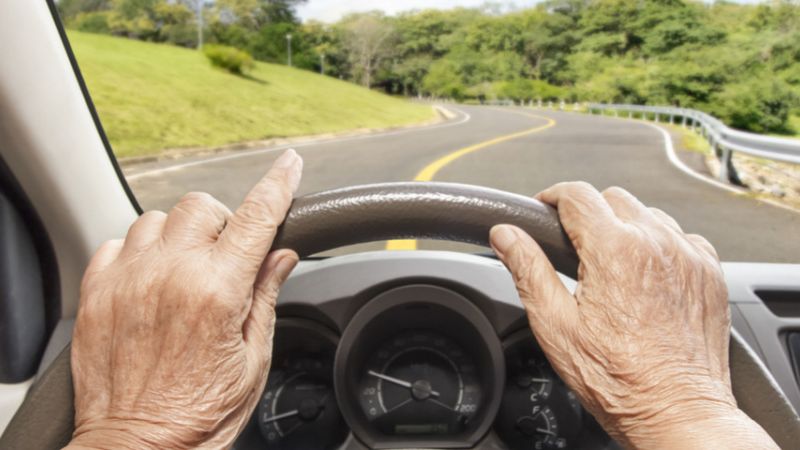There are many questions facing today’s older adults, but perhaps one of the most prominent, and sensitive, questions involves the subject of driving. It’s not easy coming to terms with the fact that it may be time to give up the car keys. After all, learning how to drive is one of the most highly-anticipated and exciting memories we have from our teenage years, so making the decision to stop driving is certainly not an easy one to make.
So how can you answer this question?
Some Conflicting Studies
More often than not, when we hear about seniors and driving, it’s not usually positive. Staggering statistics, like the ones recently published by Caring.com, reinforce the idea that elderly drivers are risky threats on the road. According to Caring.com’s survey, about 14 million Americans between the ages of 18 and 64 were involved in a near-accident or accident that was caused by an older driver (above the age of 65).
Now elderly drivers certainly aren’t the only ones with a bad reputation on the road – distracted drivers, teen drivers and drunk drivers are all examples just to name a few. But what’s even more surprising about this study is that older adults themselves are the one age group that believes elderly drivers are more of a threat on the road than drunk drivers.
But wait! Just like anything else, we know that there are two sides to this issue, and another study published in the Journal of the American Geriatrics Society provides a different perspective. By reviewing previous studies focusing on this subject, this study found that those older adults who stopped driving actually experienced various health problems.
The study viewed these surprising results as a vicious cycle: seniors stop driving due to their declining health, but their health only further declines once this decision is made. As driving is often viewed as a source of personal freedom and independence, depression seemed to be one of the most common health problems caused by this vicious cycle.
So Now What?
Regardless of the conflicting results of these two studies, the key is determining when the right time to stop driving for you is. This is a question that you have to answer yourself, but being safe is much better than the alternative.
There are many factors to consider when asking yourself if there is a right time to stop driving. Sensory changes, physical limitations and a decline in critical thinking skills are all factors that affect your ability to drive. If you still have trouble deciding, this website is specifically designed to help you determine your safety behind the wheel. The self-assessment includes 25 questions that’ll help you and your family decide what is best for you.
The Lesson to be Learned
Above everything else, now it’s time for us to discuss something that we cannot stress enough: giving up driving does not mean that you are giving up your independence. Deciding to hand over your car keys is more about your safety than losing your independence. In fact, there are numerous options out there that help seniors just like you maintain their independence. Uber has become a great (and affordable) option for seniors as many use it as a way of maintaining their independence while remaining safe.
When faced with the question of driving safely, just keep these options in mind and you’ll be able to maintain your independence for many years to come.


